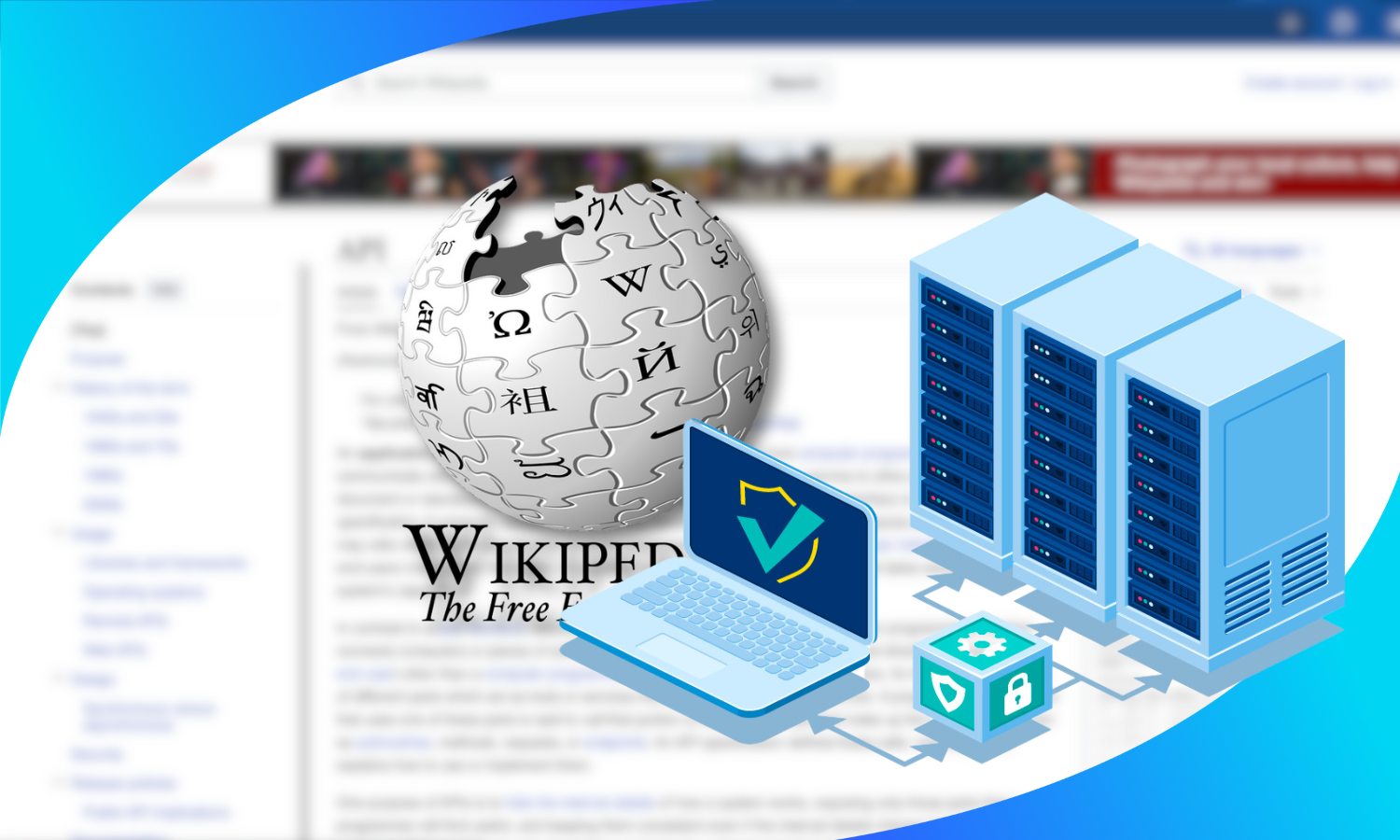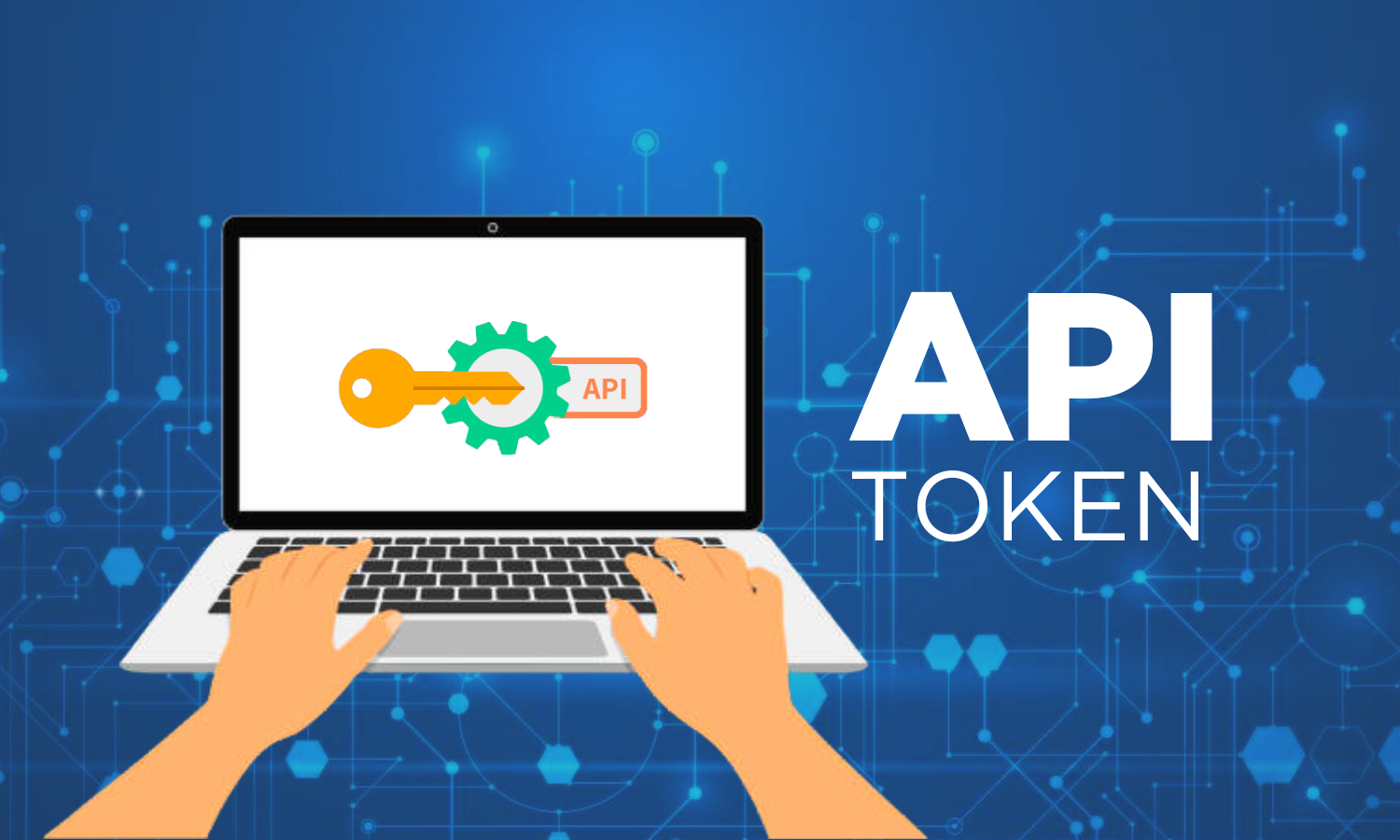

Updated · Feb 11, 2024
Updated · Feb 05, 2024
Muninder Adavelli is a core team member and Digital Growth Strategist at Techjury. With a strong bac... | See full bio
Lorie is an English Language and Literature graduate passionate about writing, research, and learnin... | See full bio
Web services and APIs both hold significant importance in software development, but they are often mistakenly used interchangeably.
Web services facilitate communication between machines across the Internet, whereas APIs furnish methods for software programs to interact and collaborate.
Despite their clear distinctions, many developers persist in the misconception that web services and APIs fulfil identical purposes.
So many developers still believe that web services and APIs serve the same purposes.
Today, you will learn the differences between web services and APIs and understand their importance in software development.
|
🔑 Key Takeaways
|
An API is like a set of procedures that helps different software programs communicate. They make it possible to share information and features between various programs.
Developers mainly use them to create complex software systems.
A Web service is a special type of API that follows common communication rules like HTTP and XML to help machines communicate on the Internet.
|
“Web services are APIs, but not all are Web services.” |
API (Application Programming Interface) works like a guideline that helps developers create and link different software applications to one another.
The way APIs work is interesting. A programmer creates an API with a list of rules and tools. Other programmers then use the API to build applications that communicate with the original software.
The API's list of rules helps these programs access data and other functions from the original software, and then they can incorporate it into their applications.
For example, Google Map API allows developers to embed Google Maps into their applications and websites. They can also change how the map looks and works to match their needs.
APIs have key elements and unique features that help different programs work well together. These features include:
There are various API formats that computers can read and understand easily, like JSON or XML.
Web services are similar to APIs. They also help different programs communicate with each other.
However, web services use specific guidelines, like SOAP, HTTP, and XML. These guidelines allow different to connect and communicate over the internet.
A web service is a software system that lets different applications communicate online. It uses protocols like HTTP and XML to make data sharing possible between other programs.
|
🎉 Fun Fact! |
Web services work like translators that allow programs to interact over the Internet. They use common communication rules like SOAP, HTTP, and XML to share data between programs.
An example of a web service is the Payment Gateway API. It allows online stores to process payment methods safely. This web service manages credit cards, PayPal, and other payment methods.
Web services use rules to make programs understand each other. These include HTTP for sending and receiving data, XML for structured messages, and SOAP for organized conversations.
They allow programs from different languages to interact online. They save developers from rewriting codes and also let them combine other program parts to create bigger ones.
Here is a table summarizing the differences between APIs and web services:
Criteria |
Web Service |
APIs |
Definition |
A type of tool to make software interact over the internet. |
Tools that help software work together. |
Focus |
Uses standard internet rules like HTTP and XML. |
Uses different methods and tools. |
Communication |
Focuses on remote interactions over the Internet. |
It can involve remote or nearby interactions. |
Protocols |
Use SOAP mainly. |
Can use SOAP or REST |
Data Format |
XML |
JSON or XML |
Implementation |
Heavyweight and complex to implement. |
Lightweight and easier to implement. |
Web services and APIs help interact with computer programs, but they are not the same. They both play different roles.
Understanding their differences and how they work is essential. They are important in software development; they make applications work together, share data, and build apps better.
Gmail is a web service. It is used to access and send emails over the Internet.
Web services and APIs both help software programs communicate and share data.
Web services and APIs serve different purposes. However, Web APIs provide flexible designs like REST, SOAP, or XML. Web services often use SOAP because of its enhanced security features.
Your email address will not be published.
Updated · Feb 11, 2024
Updated · Feb 11, 2024
Updated · Feb 08, 2024
Updated · Jan 30, 2024




